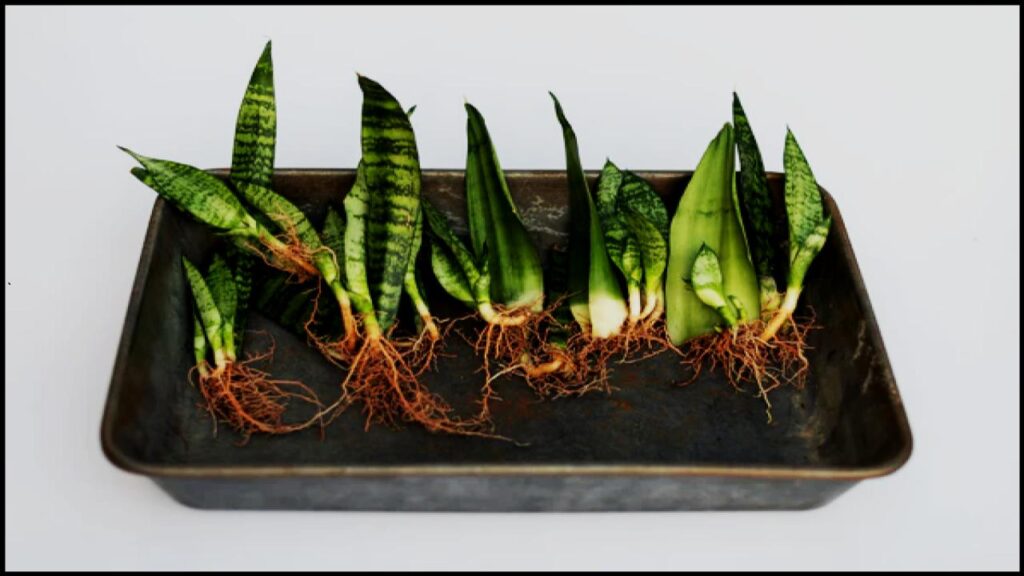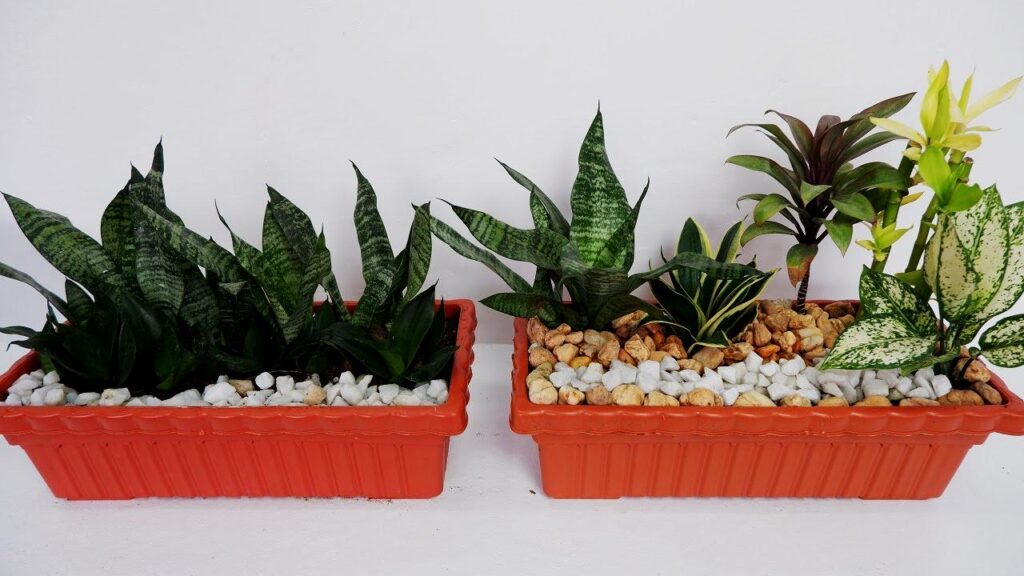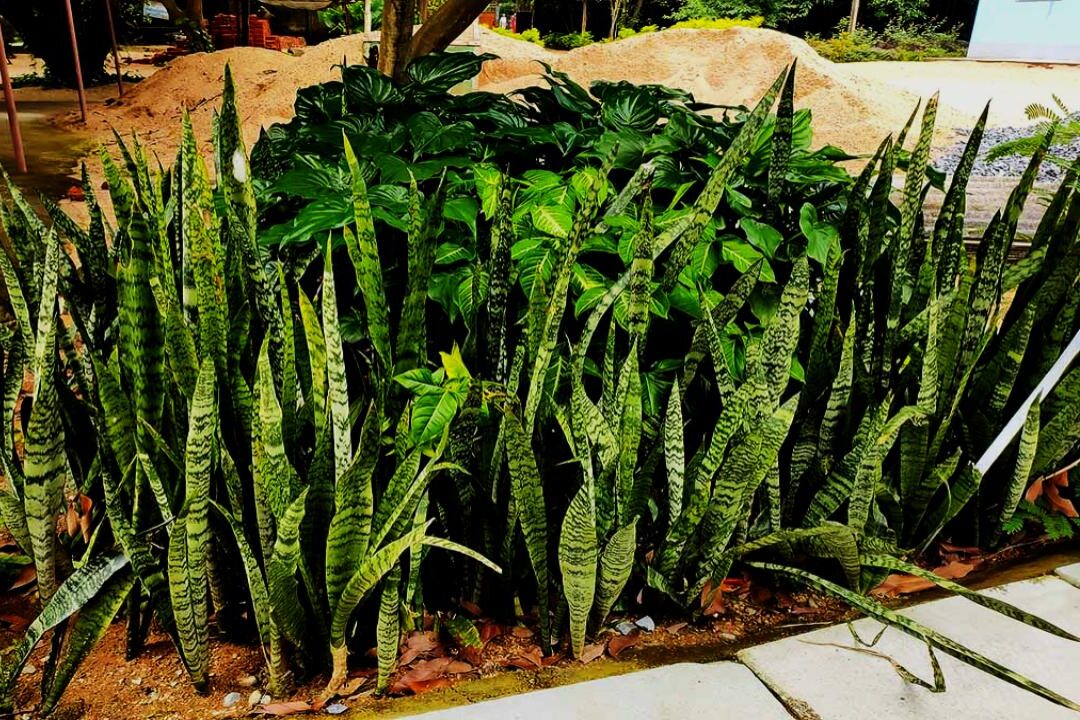If you’ve ever wondered what happens when you plant a snake plant outside, you’re not alone. This popular indoor houseplant, known scientifically as Dracaena trifasciata (formerly Sansevieria), has soared in fame for its ease of care and air-purifying qualities. But can it thrive in your outdoor garden? Or will planting it outside lead to unexpected problems?

As a horticulturist with years of experience, I’m here to reveal the truth about growing snake plants outdoors. Whether you’re a gardening newbie or a seasoned pro, this article breaks down everything you need to know — from climate needs and sunlight exposure to watering tips, pest control, and more. Plus, I’ll share practical, actionable advice to help you decide if taking your snake plant outdoors is the right move.
Understanding the Snake Plant’s Outdoor Potential
What Exactly Is a Snake Plant?
Snake plants are succulents native to tropical West Africa, favored for their tough, upright leaves and low-maintenance care. Indoors, they tolerate low light and irregular watering, making them a perfect beginner’s plant. However, outdoor conditions can be vastly different — think fluctuating temperatures, variable sunlight, and unpredictable moisture.
Can You Plant a Snake Plant Outside?
Yes, you can, but with big caveats. Snake plants thrive best outdoors in climates that mimic their native tropical environment. According to the USDA Plant Hardiness Zone Map, snake plants do well in zones 9 through 11, where temperatures rarely fall below 50°F (10°C). In cooler zones, planting them outside year-round can be risky and often leads to stress or death of the plant.
Step-By-Step Guide to Growing Snake Plants Outdoors
Step 1: Assess Your Climate Zone
Before moving your snake plant outdoors, check your USDA hardiness zone. If you live in zones 9 to 11 — including parts of California, Florida, Texas, and Hawaii — your climate is suitable for outdoor planting. For colder areas, like much of the northern U.S. or parts of mountainous regions such as Dehradun, Uttarakhand, it’s safer to keep the snake plant in a container and bring it indoors when temperatures drop.
Step 2: Choose the Right Spot
Snake plants prefer bright, indirect light. Too much direct sunlight can cause their leaves to scorch, turning brown and crispy. Start by placing your snake plant in a shaded outdoor area. Over 1 to 2 weeks, gradually increase its exposure to morning sun or dappled light to harden it off without causing damage.
Step 3: Prepare Well-Draining Soil
One of the biggest killers of snake plants is root rot caused by soggy soil. Use a well-draining potting mix, ideally formulated for succulents or cacti. If planting in the ground, amend heavy soils with sand or perlite to improve drainage. Avoid areas where water pools or stays wet after rain.
Step 4: Water Wisely
Snake plants are drought-tolerant and store water in their thick leaves. This means they require infrequent watering — about every 2 to 6 weeks depending on your climate and season. In the outdoor environment, be mindful of rainfall; if there’s heavy or consistent rain, protect the plant by moving it under a covered area or ensuring excellent soil drainage to avoid root rot.
Step 5: Protect from Wind and Harsh Elements
Because snake plants have shallow root systems and tall, narrow leaves, they can be vulnerable to damage from strong winds or heavy rain. Placing your snake plant near a wall, fence, or under a covered patio can provide necessary shelter.
Step 6: Watch for Pests
Outdoor plants face more pests than indoor ones. Snake plants can attract mealybugs, spider mites, and fungus gnats. Regularly inspect your plants for tiny cottony patches, webbing, or leaf discoloration. For treatment, use natural pest repellents like neem oil or insecticidal soap, following label instructions.
Step 7: Seasonal Transition
As the weather cools in fall and winter, bring your snake plant indoors before nighttime temperatures drop below 60°F (15°C). This protects it from cold stress and frost damage. When bringing it back inside, keep it in bright, indirect light and water sparingly to mimic indoor conditions.
Propagating Snake Plants Outdoors

If you want to multiply your snake plants, outdoor propagation is possible but requires care. The best methods are:
- Leaf Cuttings: Cut a healthy leaf, let it dry and callous for a day, then plant in well-draining soil. Keep the soil slightly moist and shaded until roots develop.
- Division: When the plant grows large, you can carefully dig up and divide root clumps to make new plants.
Outdoor propagation should be done in warm weather and protected from heavy rains and direct sun to avoid stress.
Common Diseases and How to Prevent Them
Though hardy, outdoor snake plants can suffer from:
- Root Rot: Caused by overwatering or poor drainage. Ensure soil drains well and avoid waterlogging.
- Leaf Spot: Fungal or bacterial spots can appear if leaves stay wet for long. Water at the base and provide good air circulation.
- Soft Rot: A bacterial disease causing mushy bases; remove affected parts immediately.
Prevent these by maintaining proper watering, soil conditions, and air flow.
Companion Planting: Plants That Grow Well with Snake Plants

Snake plants pair well with other drought-tolerant, low-maintenance plants such as:
- Aloe Vera
- Agave
- Succulents
- ZZ Plant (Zamioculcas zamiifolia)
- Yucca
These plants share similar light and water needs, creating a harmonious outdoor garden space.
Environmental Benefits of Outdoor Snake Plants
Besides their beauty, snake plants:
- Improve air quality by filtering toxins and producing oxygen even at night.
- Require little water and fertilizer, conserving resources.
- Provide shelter for beneficial insects like bees and ladybugs, supporting local ecosystems.
Growing them outdoors can enhance your garden’s sustainability and biodiversity.
Troubleshooting: Signs Your Outdoor Snake Plant Needs Help
Watch out for these warning signs:
- Yellowing Leaves: Usually overwatering or poor drainage.
- Brown Leaf Tips: Too much direct sun or underwatering.
- Drooping Leaves: Root damage or cold stress.
- Pest Damage: Look for spots, holes, or sticky residue.
Address problems early by adjusting care, relocating the plant, or treating pests/diseases promptly.
Why Plant a Snake Plant Outside?

Besides the obvious aesthetic boost a snake plant’s striking vertical leaves provide, there are some practical advantages to growing snake plants outdoors:
- Improved Air Quality: Snake plants are known to filter toxins like formaldehyde and benzene from the air — outdoors, they can help improve the immediate environment.
- Low Maintenance: They require minimal watering and fertilizer compared to other garden plants.
- Versatility: Snake plants can be used as border plants, potted patio accents, or ground cover in suitable climates.
- Wildlife-Friendly: Their structure provides shelter for beneficial insects and small pollinators.
Common Mistakes to Avoid When Planting Snake Plants Outside
- Ignoring Climate Requirements: Planting in a zone colder than 9 can lead to frost damage and death.
- Overwatering: Snake plants hate soggy soil. Avoid constant wetness, especially in rainy seasons.
- Sudden Sun Exposure: Moving the plant abruptly into full sun causes leaf burn.
- Not Protecting from Wind: Exposed plants can snap or become stressed.
- Neglecting Seasonal Moves: Forgetting to bring plants indoors before cold snaps is a common mistake.
